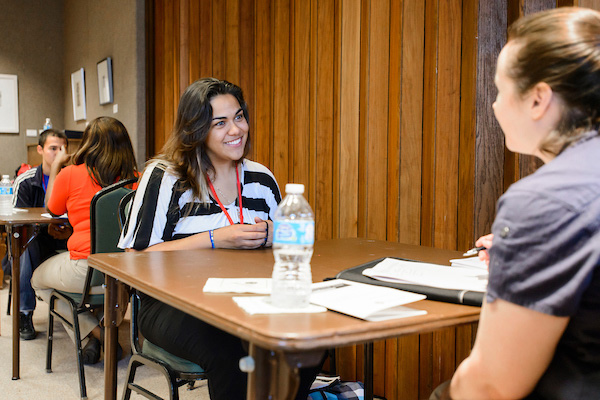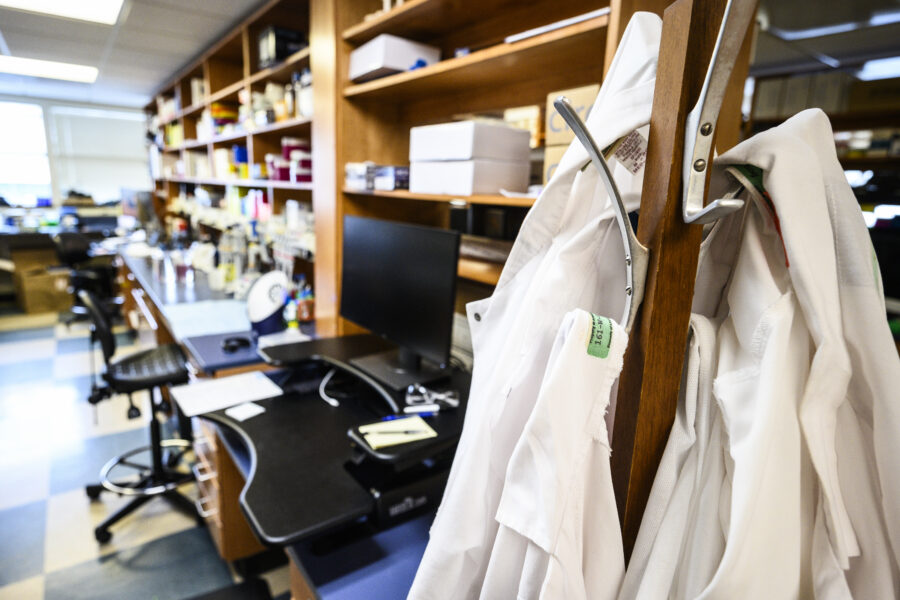About Podiatry
According to the American Podiatric Medical Association (APMA) a podiatrist is a doctor of podiatric medicine (DPM), also known as a podiatric physician or surgeon. Podiatrists diagnose and treat conditions of the foot, ankle, and related structures of the leg. Podiatrists can specialize in many fields, including surgery, sports medicine, wound care, pediatrics, and diabetic care.
The American Association of Colleges of Podiatric Medicine (AACPM) has helpful information about the Podiatry career path at Explorepodmed.org.
Note: UW-Madison does not offer a Podiatry program. While this field is not among CPHA’s primary areas of advising expertise, we are here to support you in exploring the career, building helpful experiences, and navigating some aspects of professional program applications. Talk with us if you have questions!
Doctor of Podiatric Medicine (DPM)
A Doctor of Podiatric Medicine (DPM) degree typically requires four years of podiatric medical school followed by three years of a medical and surgical residency program.
For the most up-to-date salary information, visit the U.S. Bureau of Labor Statistics website.
Explore Your Interest in Podiatry
Shadowing & Informational Interviews
An excellent way to explore your interest in podiatry is by talking directly with providers. Shadow or conduct informational interviews with podiatrists to learn what their day is like.
Volunteering
Health professions programs look for applicants who demonstrate a sustained commitment to serving others in healthcare and community settings. Learn more about opportunities to volunteer in clinical and non-clinical settings.
Jobs
All podiatry programs expect that students gain experience in clinical settings and demonstrate their commitment to helping others. Explore patient care roles and other health jobs to gain experience working with people. Confirm that this work is something you enjoy!
Finding a Program
For a list of Podiatric Medical Programs, visit the American Association of Colleges of Podiatric Medicine.
Financial Aid
Below are various financial aid resources to help you plan your finances as you apply to Podiatry programs:
-
- FinAid’s list of Loan Forgiveness programs
- The APMA Educational Foundation Scholarship Fund
- The AACPM’s Scholarship and Loan Forgiveness Programs page
- The APMSA’s Scholarship & Repayment Programs page
Educational & Professional Associations
The American Association of Colleges of Podiatric Medicine (AACPM) accredits and represents all of the US colleges of podiatric medicine. The AACPM also runs a national mentoring network for pre-health students interested in podiatric medicine, administers the common application for podiatry programs, and facilitates residency programs for graduates.
The American Podiatric Medical Association (APMA) is the professional organization for Podiatrists in the US. It promotes foot and ankle health, supports professional education, and advocates on behalf of the profession.
Other professional organizations include the American Association for Women Podiatrists (AAWP) and the National Podiatric Medical Association (NPMA).
Preparing for a DPM Program
Requirements vary from school to school, so it’s always necessary to consult program websites. Pre-requisite courses may include:
Podiatry Required Coursework
| Topic | Requirements |
|---|---|
| Math | Some podiatry schools require math and/or statistics. Choose one of the following: Statistics 301 Statistics 371 An introductory statistics course in your major department. NOTE: Math 112 is a prerequisite for Chem 103 and Physics 103. In addition, Math 217 or 221 are prerequisites for Physics 201 and 207. |
| General Chemistry | Choose one of the following sequences: Chemistry 103-104 Chemistry 109 |
| Organic Chemistry | Chem 343 Introductory Organic Chemistry Chem 344 Introductory Organic Chemistry Lab Chem 345 Intermediate Organic Chemistry |
| Biochemistry | (Required for the MCAT) Choose one of the following sequences: Biochemistry 501 Biochemistry 507-508 |
| Biological Science | Choose one of the following sequences: Zoology 101-102 and an additional bioscience course with lab such as Botany 130, Microbiology 101-102 OR 303-304, Anat&Phy 335/435, OR Anat&Phy 337 AND 338) Biology 151-152 Biocore 381-382 and 383-384 satisfies Intro to Bio requirements *Biocore: Students must apply to enroll in Biocore. For more information, visit the Biocore Website |
| Physics | Choose one of the following sequences: Physics 103-104 (algebra-based) Physics 201-202 (calculus-based; recommended for Engineering majors) Physics 207-208 (calculus-based; recommended for Life Science majors) EMA 201 + Physics 202 + BME 315 (for BME majors) Physics 247/248/249 (for Physics majors) *If physics is required for your major, select the sequence recommended by your major. If physics is not required by your major, physics 103-104 is an appropriate choice. |
| Behavioral Sciences | (Required for the MCAT) Introductory Psychology: Psych 202 Introductory Sociology, options include: Sociology 120, 125, 134, 138, 140, or 170 Gender & Women’s Studies 103 |
| English | Most podiatry schools require at least 6 credits of English or literature, with an emphasis on composition. |
Most podiatry programs require the MCAT. Our MCAT 101 Canvas course will help you prepare for the MCAT.
Application Process
All accredited Podiatry programs use The American Association of Colleges of Podiatric Medicine (AACPM) as a common application.
The American Association of Colleges of Podiatric Medicine Application Service® (AACPMAS®) is the AACPM’s centralized podiatric medical school application processing service. Most podiatric medical schools use AACPMAS as the application method for their first-year entering classes. AACPMAS serves only as an information clearinghouse and does not influence the podiatric medical schools’ appraisal or selection of applicants; instead, this decision is made by each school or college of podiatric medicine.
Enroll in MCAT 101
Our MCAT 101 Canvas course, a non-credit course, is designed to help you prepare for the MCAT.



